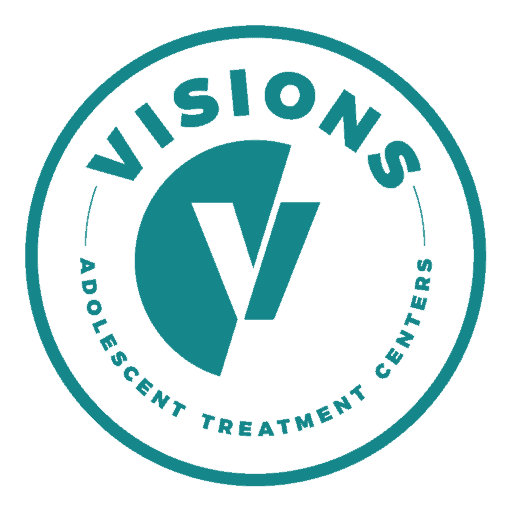The benefits of a mindfulness practice can be felt by anyone willing to be present and prepared to stop running from their feelings and fears. The practice of mindfulness allows us to come into direct contact with the here and now, bringing with it a sense of awareness and healing. In doing so, we are able to directly see how our addictions, actions, and behaviors are causing us suffering. Similar to the 12-step model, mindfulness provides us with the opportunity to take contrary action. As a result, we begin to notice and work with our uncomfortable thoughts, feelings, body sensations, and reactions to the physical and emotional cravings closely associated with addiction.
Confronted with anxiety or fear or panic, our basic, human instinct is to run in the opposite direction as quickly as possible, hoping to get out of harm’s way. These feelings are uninvited guests, after all, right? In this case, our bodies’ “fight or flight” response is immediately triggered. So, what happens if we go the other way? What happens if we turn into our fear, into our anxiety, or into our trauma? What if, through conscious breath and direct attention, we learn to give those feelings space? The interesting thing about doing this is the intensity of those feelings will eventually begin to lesson and our unwanted guests start to lose their footing. No, the trauma isn’t gone, but in that moment of stopping and facing our fears, we have done something incredibly powerful: shone light into the darkest corners of our hearts and minds.
Through my own experience in recovery, dealing with trauma and its corresponding anxiety, I have found the most peace and healing through my practice of meditation and yoga. I have learned to use my breath in a way that allows me to move with my emotions rather against them. I liken it to moving with the ebb and flow of the sea. In early sobriety, when a higher power was in question, I remember being told to “try and stop a wave” only to discover that I most certainly could not. Within that phrase also lies an inference that we cannot “stop” something from coming at us. Utilizing mindfulness, we then learn how to to ride the wave without causing additional harm and without getting lost in the energy driving the fear or addiction. In turn, we may discover that those blasted shadows we are accustomed to running from appear much larger than their reflecting counterpart. From this perspective, things look a heck of a lot more manageable.
As we are challenged to turn off the autopilot we’ve become accustomed to, we are given an opportunity to learn to respond to triggers and cravings in a non-harming way. As such, we are beginning to view our feelings, thoughts, cravings, and sensations with curiosity and non-judgment rather that the usual disdain. In those moments when the freedom of awareness and being present are there, the real healing has a chance to begin: one breath at a time.
Elisha Goldstein, Ph.D. has a wonderful series, which I’ve linked to below:
Mindfulness and Addiction, Part 1
Mindfulness and Addiction, Part 2
Mindfulness and Addiction, Part 3
Further reading:
Meditation for Addiction Recovery
Kevin Griffin
Mindfulness and Addiction meetings:
Against the Stream
